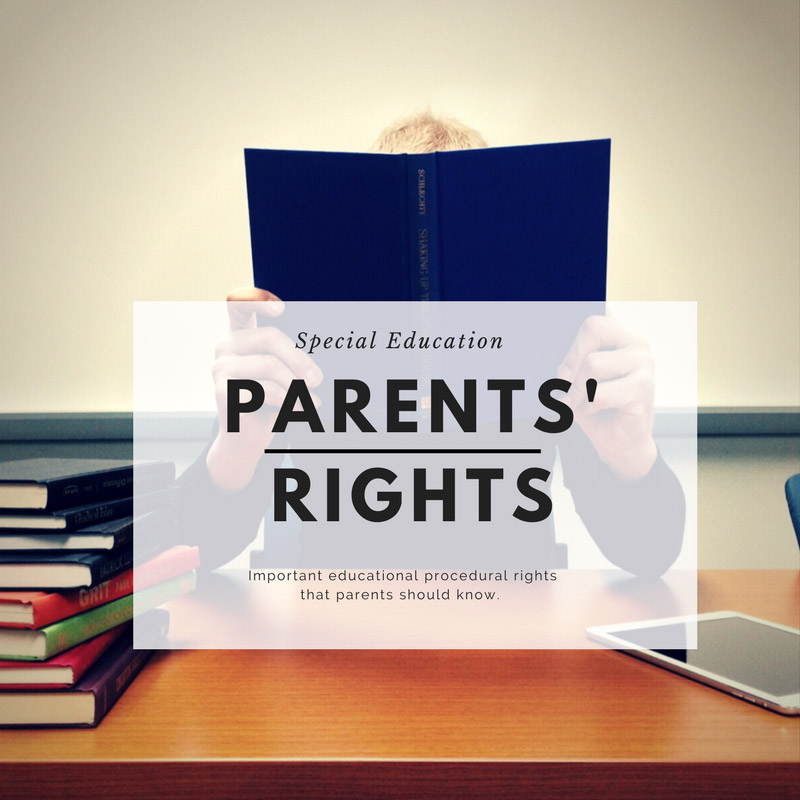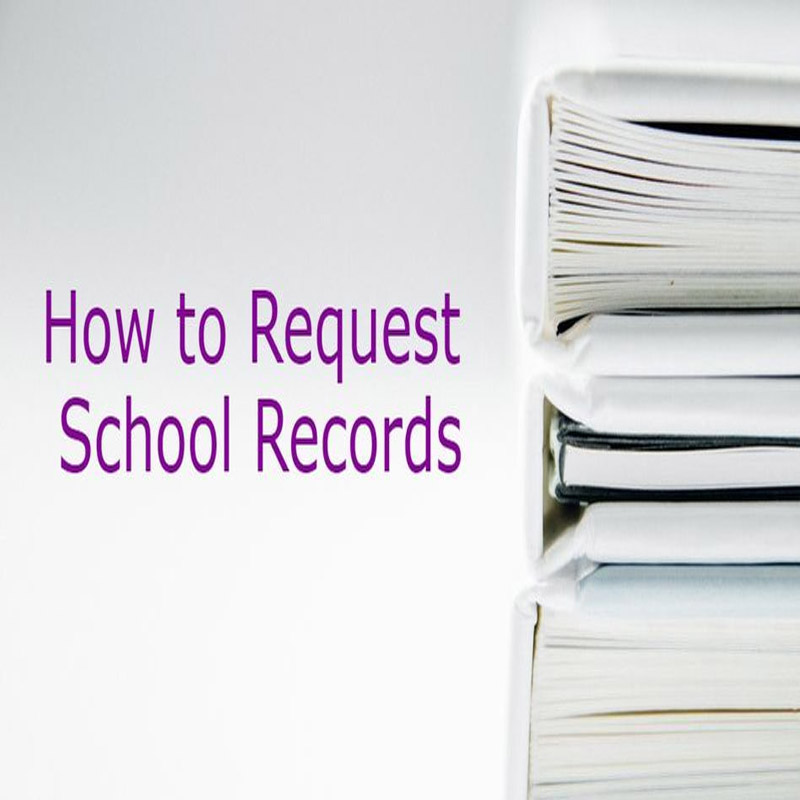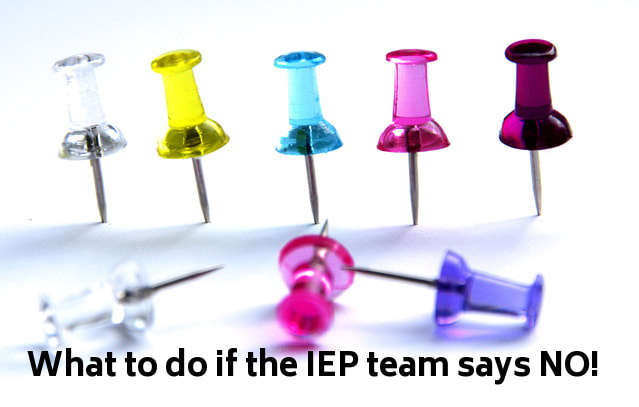
Special Education and Regional Center Blog
This website from the California Department of Education (https://www.cde.ca.gov/sp/se/qa/pssummary.asp) is a great summary of Procedural Safeguards for students with disabilities receiving special education. This page is so good in deserves its own blog post. Consider printing this page to have available at your IEP. Highlights from the page are repeated below with my comments italicized.
Parents and students over age eighteen have the right:
Read More
1. Review your IEP.
Read over your entire IEP. Does the IEP address your child’s current issues? Do the assessments still sound accurate? Review the services that your child is receiving. Are they enough services? Is your child spending too much time out of the classroom? Does your child have access to general education peers?
Read More
Sometimes we, as parents don’t have our child’s complete educational record. Sometimes the school has not given us copies of the records. Prior to an IEP, when consulting with an attorney or advocate, or really at any time, parents can request their child’s educational records. It is an important parental educational right.
Read More
In general, the school district has an obligation to “identify, locate and evaluate” all children with disabilities who may be eligible for special education, including those who are attending private schools or are homeless or wards of the court. 34 Code of federal Regulations [C.F.R.] Sec. 300.111; California Education Code (Cal. Ed. Code) Secs. 56300 & 301. This is called “child find.”
Read More
What should a you, as a parent do if the IEP team says no to your request at an IEP Meeting.
Prior Written Notice Letter.
The first thing that should happen if the district denies your request at the IEP is for the district to




